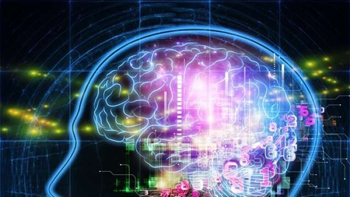Mar 13: The ability to perform astonishing feats of memory, such as remembering lists of several dozen words, can be learned, according to a team of researchers.
 After 40 days of daily 30-minute training sessions using a strategic memory improvement technique, individuals who had typical memory skills at the start and no previous memory training more than doubled their memory capacity, going from recalling an average of 26 words from a list of 72 to remembering 62. Four months later, without continued training, recall performance remained high.
After 40 days of daily 30-minute training sessions using a strategic memory improvement technique, individuals who had typical memory skills at the start and no previous memory training more than doubled their memory capacity, going from recalling an average of 26 words from a list of 72 to remembering 62. Four months later, without continued training, recall performance remained high.
Brain scans before and after training showed that strategic memory training altered the brain functions of the trainees, making them more similar to those of world champion memory athletes.
"After training we see massively increased performance on memory tests," said first author Martin Dresler of the Radboud University Medical Center in Nijmegen, The Netherlands. "Not only can you induce a behavioural change, the training also induces similar brain connectivity patterns as those seen in memory athletes."
Dresler examined the brains of 23 world-class memory athletes and 23 people similar in age, health status and intelligence, but with typical memory skills. He used functional magnetic resonance imaging (fMRI), a means of measuring brain activity by detecting blood flow changes inside the brain, to measure differences in the strengths of communications between brain regions. He used structural MRI to measure differences in sizes.
Those who trained using method of loci showed substantial improvement in their ability to recall lists of words. Before training, individuals could recall on average between 26 and 30 words. Afterwards, those with strategic memory training could recall 35 more words on average. Those who trained short-term memory could recall 11 more words. Those with no training recalled 7 more words.
A day later, those who had trained still showed improvements in recall. Four months later, only those with strategic training continued to show substantial gains, still recalling over 22 more words than prior to training. "Once you are familiar with these strategies and know how to apply them, you can keep your performance high without much further training," said Dresler.
After training, brain scans of those in the strategic training group had changed. They showed patterns that more closely resemble those of memory champions than scans taken prior to training.
Dresler and his team are still analysing their brain scan data to learn more about the differences in brain connectivity patterns they found and how they affect memory.





Comments
Add new comment